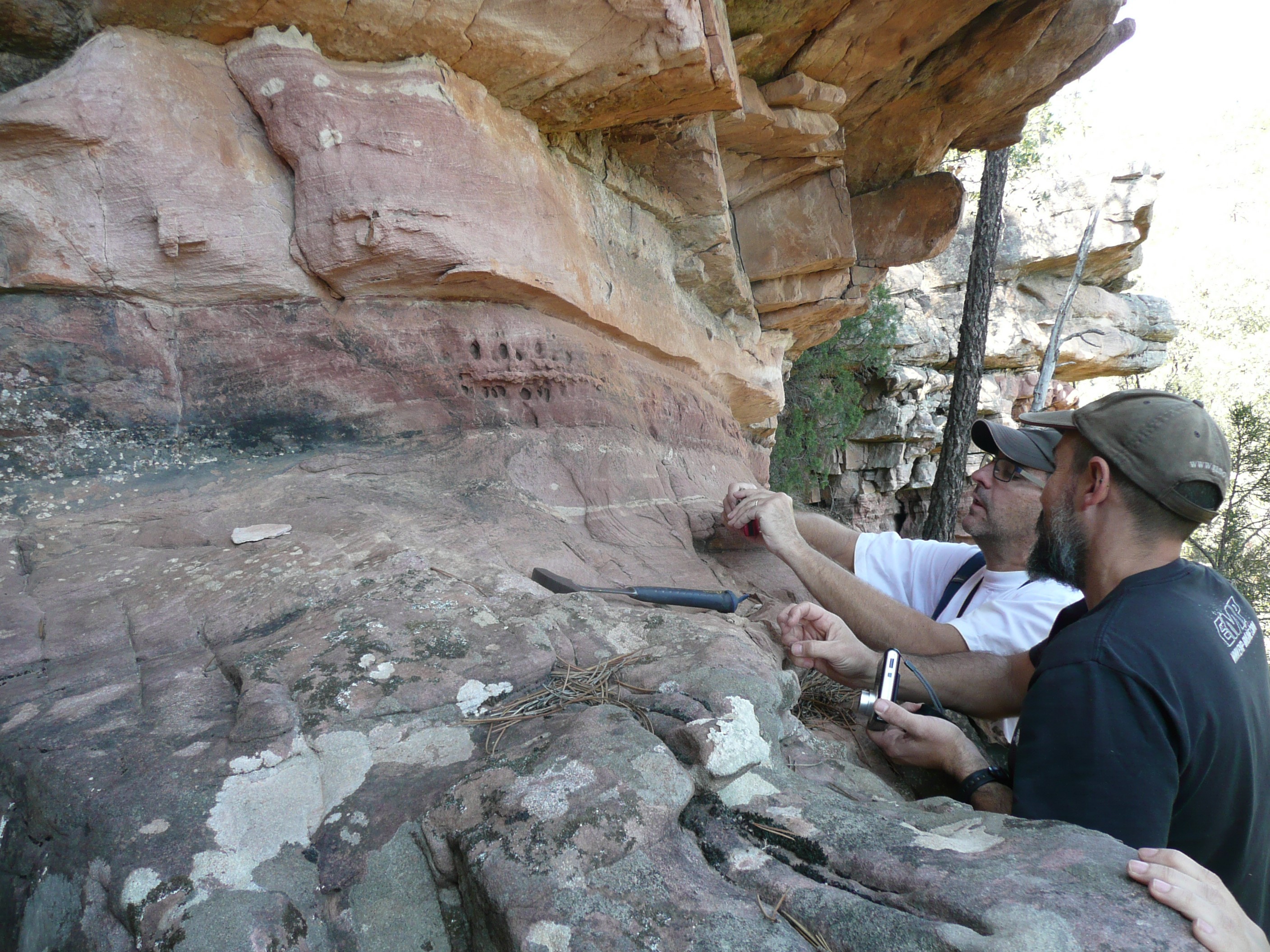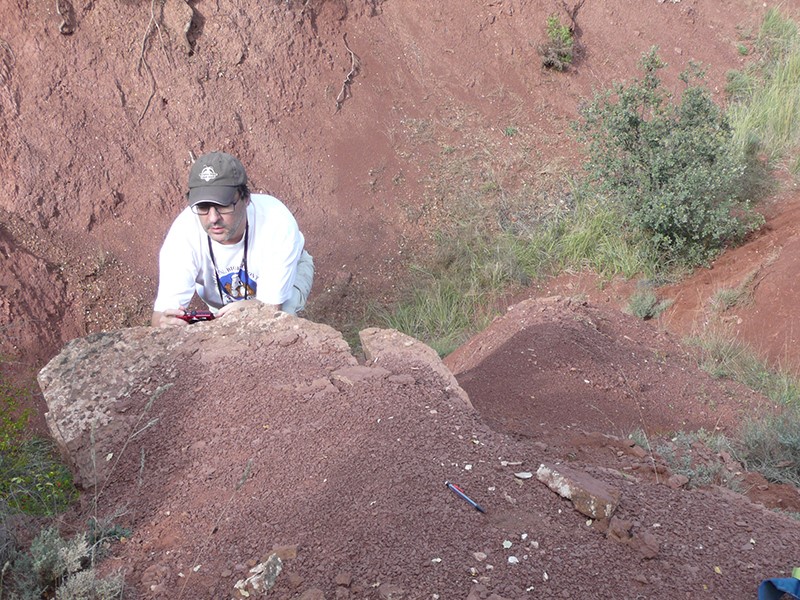
New USask research examines impact of Earth’s most devastating mass-extinction event on invertebrate animals
Dr. Luis Buatois (PhD), a faculty member in the Department of Geological Sciences, is the lead author on a new paper published in the journal Terra Nova
By Shannon Boklaschuk
Research conducted by a University of Saskatchewan (USask) professor and collaborators in Spain is shedding new light on the most significant mass-extinction event in Earth’s history and the “devastating consequences” it had on oceans and land millions of years ago.
Dr. Luis Buatois (PhD), a faculty member in the Department of Geological Sciences in USask’s College of Arts and Science, is the lead author on a new paper published in the journal Terra Nova. The article, titled “Impact of Permian mass extinctions on continental invertebrate infauna,” was co-authored with five researchers from universities in Madrid and Salamanca, Spain.
Based on their study of Permian-Triassic river deposits in the Iberian Basin that are approximately 268 to 248 million years old, the researchers discovered that animals without backbones living in soils and swampy environments were greatly affected by the mid- and end-Permian mass extinctions. These crises may have contributed to reduce mechanical reworking of sediment and soil, affected geochemical recycling, increased sediment acidification and impacted ecosystem structure.

“Before our study, nobody had looked at the impact of the mid-Permian mass extinction on animal-substrate interactions in continental settings, and there were almost no studies of this type available for the end-Permian event. We show that these two mass extinctions strongly affected the invertebrates inhabiting sediment and soil in areas nearby river channels,” said Buatois.
“The end-Permian mass extinction is regarded as the most important of all times. Although less known, the preceding middle Permian mass extinction was particularly severe as well. Our study suggests that these mass extinctions may have had devastating consequences not only in the oceans but also on land.”
A mass extinction is an unusually large extinction of the Earth’s biota, affecting a vast number of disparate groups—its animal and plant life—on a global scale during a relatively short interval of geologic time. The end-Permian mass extinction, which happened nearly 252 million years ago due to rapid global warming, is also known as “the Great Dying” or “the Mother of Mass Extinctions” since it wiped out nearly all life on Earth. In terms of geological time, the annihilation was almost instantaneous.
Mass extinctions have been the subject of intense interest in the scientific community and in popular culture in recent years.
“The discovery in the ’80s that the end-Cretaceous mass extinction—responsible for the disappearance, among many other organisms, of ammonites and dinosaurs— was most likely linked to extraterrestrial causes was spectacular and revitalized this field of research,” said Buatois. “Also, when you think that, according to some estimations, up to 96 per cent of species may have gone extinct by the end of the Permian, it is hard not to question yourself about the nature and causes of mass extinctions and which is their role in evolution. Starting back then, extinction research has been extensively covered in the media, capturing the public attention.”
When asked how his new research could be applied to our understanding of future mass extinctions, Buatois noted that “the timeframes involved in the mass extinctions of the geologic past and the present biodiversity crisis are different, and this should be taken into account when applying our knowledge of the past to assessments of the present and predictions about the future.”
“However, examining events of the distant past provides a deep appreciation of the wealth of Earth biodiversity and helps us to understand present challenges because this allows us to evaluate long-term effects of extinctions from the perspective of deep geologic time,” he said.
“In particular, both the mid- and end-Permian mass extinctions were linked to dramatic increases in global temperatures resulting from increases in carbon dioxide due to gigantic volcanic eruptions. These were associated with the production of significant amounts of acid rain. Soil acidification was detrimental for the organisms living within the sediment. We know from modern environments that the burrowing activities of many invertebrates prevent acidification. Therefore, removing the infauna also may have further resulted in increased acidification. What used to be an effect becomes a cause, establishing a feedback loop. The end results may be quite scary because, under these circumstances, these loops help to amplify damaging conditions. I think that this is a valuable lesson for assessing the dangers involved in global warming.”
Buatois added that in addition to the main discipline dealing with biotic changes through geologic time, paleobiology also includes whole areas of research, such as conservation paleobiology, that “are essential to guide us in decision-making processes of prime importance to face present environmental challenges.”
“The interactions of animals and substrate represent an integral component of ecosystem functioning,” he said.


